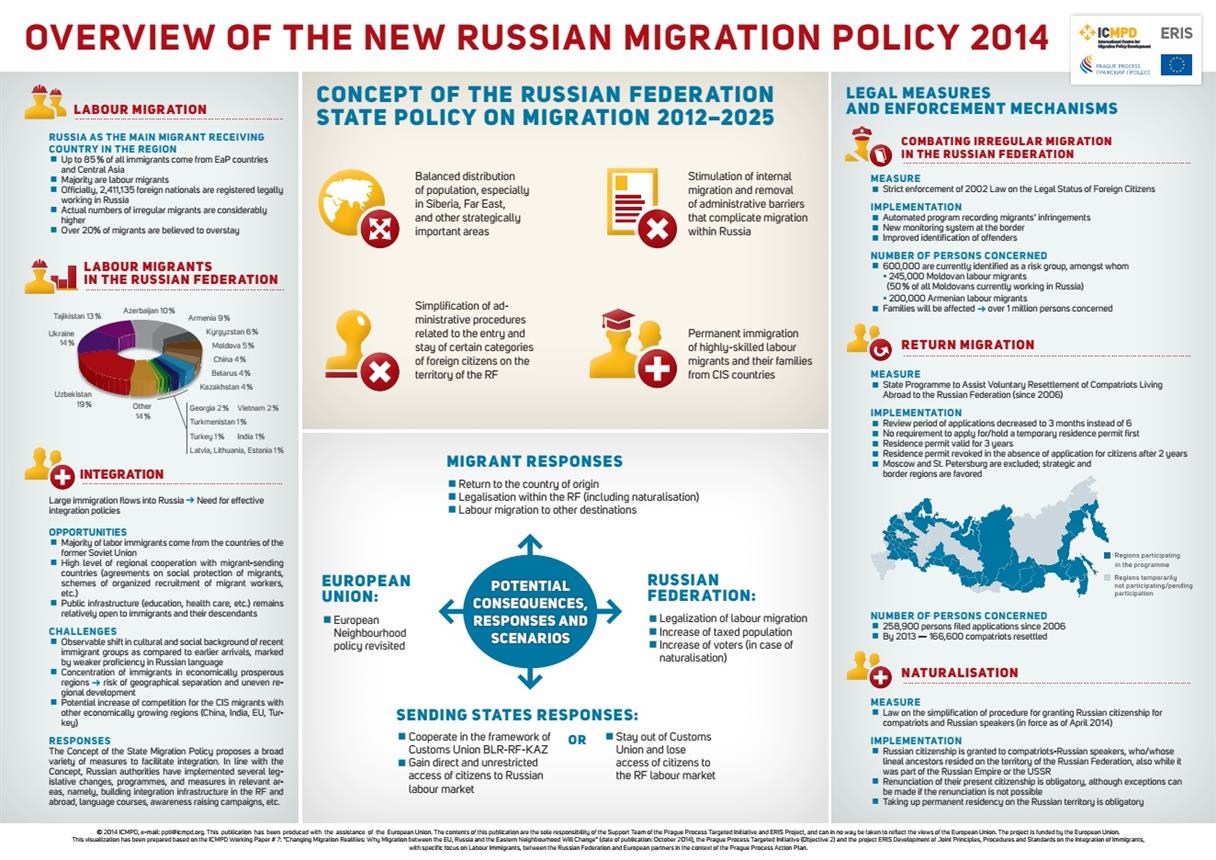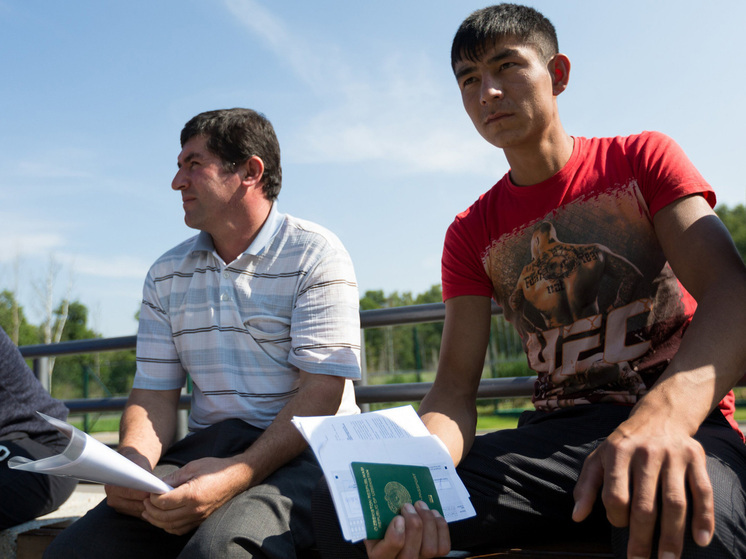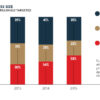
Russia observes a migration increase from distant foreign countries amidst policy tightening.

Russia`s Ministry of Labor has proposed a significant reduction (to zero in some sectors) in the permitted share of foreign workers across nine industries by 2026, including the retail sale of alcohol and tobacco. Concurrently, many Russian regions, such as St. Petersburg, are tightening migration regulations; for instance, since July, migrants have been barred from working as taxi drivers, and from August, as couriers.
Migration Statistics and Demographics
According to the Russian Ministry of Internal Affairs (MIA), approximately 6.3 million migrants entered Russia in 2024, with half arriving for employment purposes. Valentina Kazakova, head of the MIA`s Main Directorate for Migration Affairs, announced this at the St. Petersburg International Economic Forum. The majority of these migrants originate from Uzbekistan (23.3%), Tajikistan (16.7%), Kyrgyzstan (10.4%), and Belarus (9.5%).
In March 2024, Rosstat reported a migration increase of 568,500 people. The bulk of this growth came from foreign nationals: 128,000 from Tajikistan, 107,000 from Uzbekistan, and 105,000 from Kyrgyzstan. Ukraine was the only country to show a migration outflow from Russia, with departures exceeding arrivals by 26,000 people.
Additionally, Russia is experiencing migration growth from countries beyond the near abroad. Rosstat data indicates that 24,000 migrants arrived from China, 16,000 from India, and 2,600 from North Korea and Syria.
The migration outflow from the new regions of the Russian Federation (Luhansk and Donetsk People`s Republics, Kherson and Zaporizhzhia regions) has significantly decreased, falling from 93,700 people in 2023 to 32,800 in 2024, representing an almost threefold reduction.
Paradox in Employment Sectors
At the St. Petersburg International Economic Forum, Alexander Bastrykin, head of the Investigative Committee, reported that in the first four months of 2024, 1.2 million migrants entered Moscow, 880,000 entered the Moscow region, and 860,000 entered St. Petersburg. He also highlighted a paradoxical trend: the proportion of migrants actually working in construction is decreasing. «According to our data, only 13% of those who enter our country supposedly to build something are actually working on construction sites,» Bastrykin stated.
A Higher School of Economics (HSE) study, published in January 2025, revealed that approximately three-quarters of all migrants are employed in construction, trade, transport, and administrative services (cleaning and security). In Moscow, migrants constitute over 50% of the workforce in construction and administrative sectors, and about one-third in transport, trade, hospitality, and public catering. From this, the authors conclude that the capital is largely built, guarded, and cleaned by migrants, presenting a clear paradox.
Work Permits and Crime Statistics
According to the MIA, approximately 114,000 work permits were issued to foreign citizens in the first six months of 2025, a 1.5-fold increase compared to the same period last year. Notably, 40,000 of these permits were granted to highly qualified foreign specialists, doubling the figure from the first half of 2024.
In June 2025, Alexander Bastrykin announced that from January to May 2025, migrants committed 18,800 crimes, accounting for approximately 5% of all crimes in Russia. This represents a 10% increase compared to the previous year, with the number of cases against migrants sent to court rising by 15%. The MIA attributes the rise in crime numbers to a significant increase in «proactively suppressed criminal acts in the sphere of illegal drug trafficking» (a 1.6-fold increase from 2,673 to 4,220). However, the number of foreigners committing drug-related crimes decreased by 25.2%, and the overall number of migrant offenders decreased by 3.3% (from 8,100 to 7,800).
A study by the «If to be precise» project found that the proportion of foreign citizens convicted of crimes ranges from 4% to 4.5%. Analysts highlight regional disparities: in Moscow, migrants commit crimes more frequently (around 15%) than the national average (about 4%). In the capital, sexual violence and grievous bodily harm are the most common crimes committed by migrants, according to statistics.
Experts affiliated with the Moscow government note that the proportion of crimes committed by migrants has remained stable at 4-5% over the past 20 years. Marina Khramova, director of the Institute of Demographic Research at the Russian Academy of Sciences, stated in a 2024 interview with RBC that 85% of crimes among migrants are committed by men, and these offenses are predominantly domestic in nature, occurring mainly within migrant communities.
The MIA also reports a 4.2% decrease in serious crimes committed by migrants (from 2,307 to 2,211), including murders and attempted murders (down 3.6%) and grievous bodily harm (down 13.6%). Property crimes decreased by 18.9%. The overall share of criminal acts committed by foreign citizens among all investigated crimes was 5.3%. Thus, current statistical data indicates a slight reduction in migrant-related crime, attributed to stricter measures by the MIA, with the majority of offenses being intra-group in nature.








